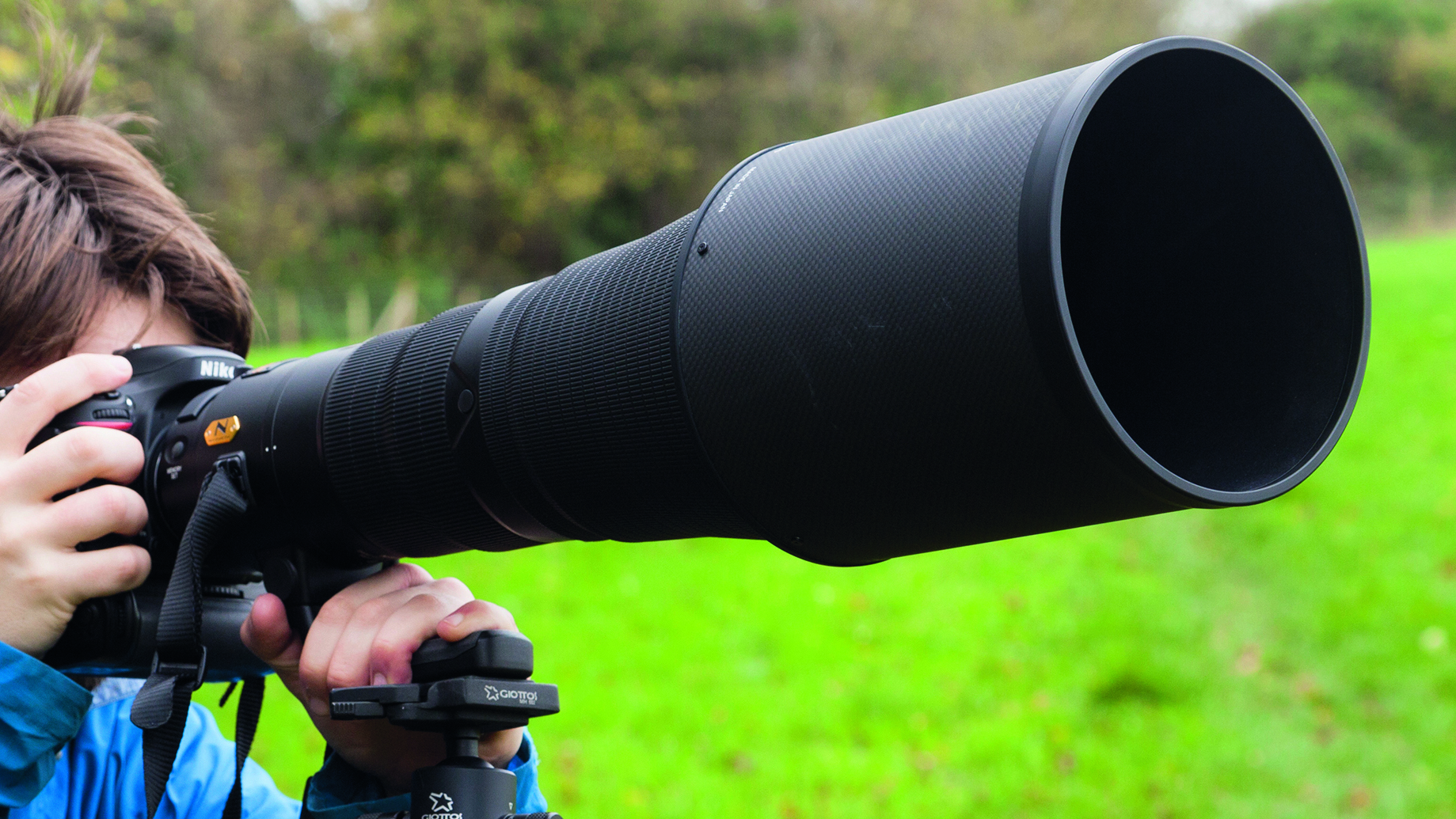These 5 fab bits of photo kit have changed my life
There’s a lot of impressive camera gear on the market, but these 5 bits of kit have been real game changers for me

I’ve been reviewing cameras, lenses and pretty much every type of photographic accessory for Digital Camera World and Future’s photography magazines for a couple of decades now. And I’ve been quite a camera nut since childhood. I blame my dad – he was a multi-award-winning pro photographer and shared the love with me (plus a few of his cameras).
Let’s just say that I’ve seen more photo kit over the years than I can remember. That’s no problem (some of it’s best forgotten anyway) but, every so often, something comes along with real wow-factor. A piece of kit that has changed how, where and when I shoot, and provides a genuinely life-enhancing experience. Here are my current favorite five…
1) Viltrox AF 23mm, 33mm, 56mm f/1.4 lens kit
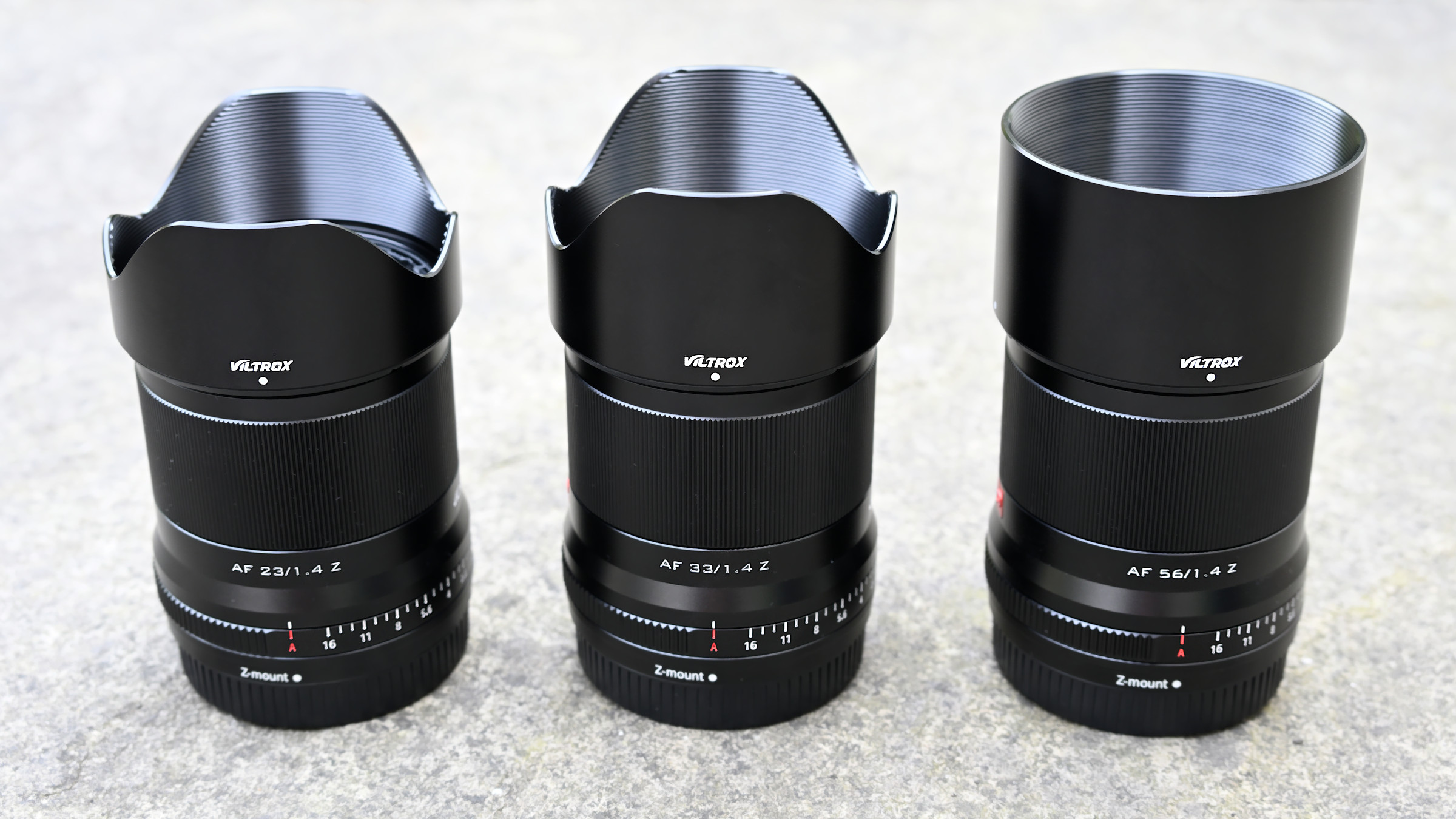
I’m old enough to remember shooting with Nikon 35mm film cameras as a teenager and, to be honest, I sometimes miss those days. The Nikon Z fc is like a time machine that transports me back through the years, even though the kit zoom lens is a thoroughly modern affair that feels a bit at odds with the body.
I’ve put that to rights with a set of three Viltrox AF 23mm, 33mm, and 56mm lenses, which really complete the look, feel, and overall experience. Sold as a complete set, they all have solid metal casings and a physical aperture control ring that fits right in with the retro Z fc ethos. They’re all fast f/1.4 primes but are really compact and lightweight, so I can pop them all in a small bag and be set for almost any shooting opportunity. There’s also an equally excellent Viltrox AF 13mm f/1.4 that I’ve bought separately, and all of them are also available in Fujifilm X and Sony E mount options.
Read our reviews of the Viltrox AF 13mm f/1.4, Viltrox AF 23mm f/1.4, Viltrox AF 33mm f/1.4, Viltrox AF 56mm f/1.4
2) Hoya ProND Filter Kit
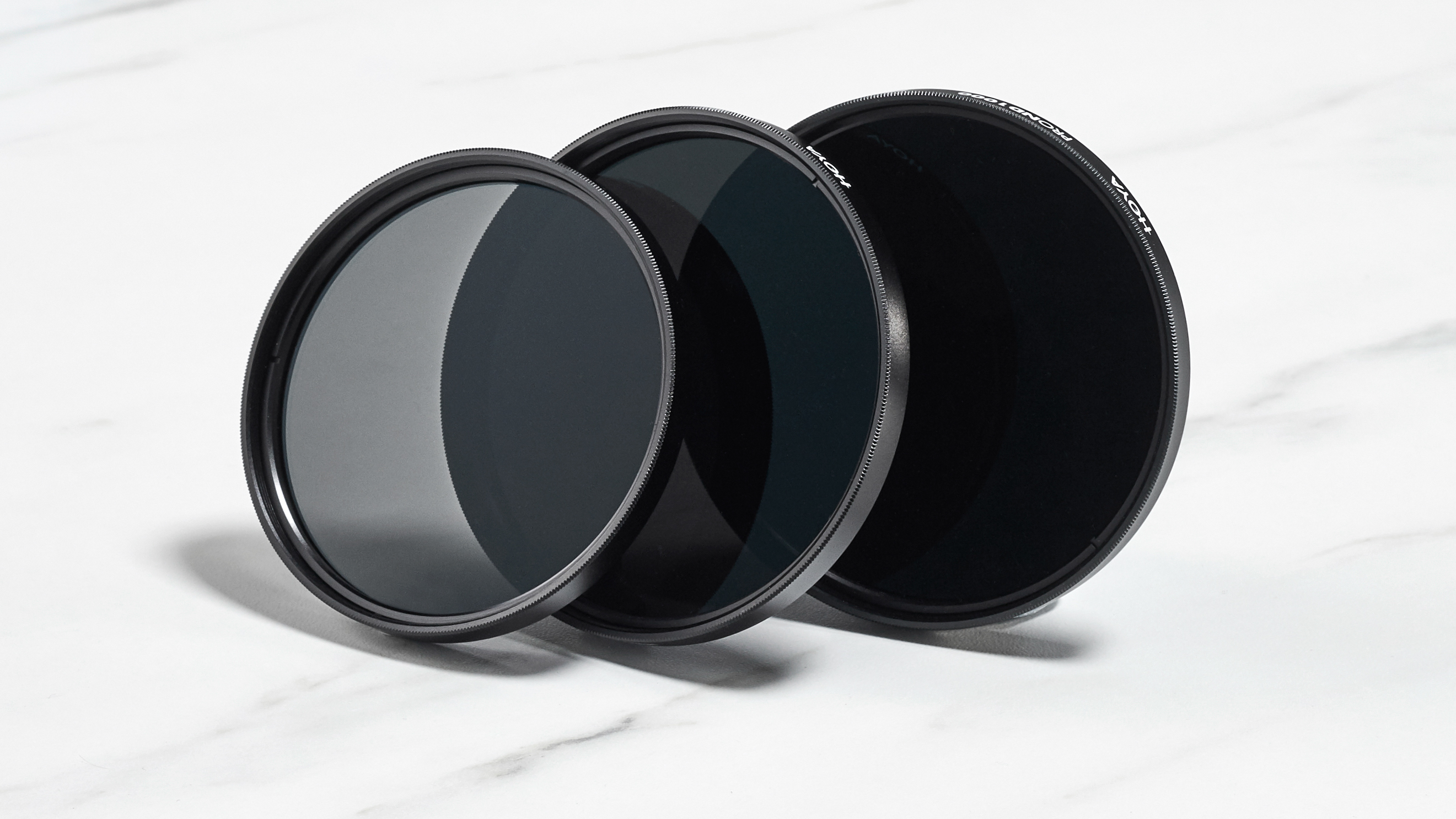
Whoever said "the camera never lies" was wrong, and that was before the advent of Photoshop. A high-density neutral filter enables me to shoot landscapes and cityscapes in a way that can’t be seen in real life, smoothing the surface of choppy water and blurring pedestrians out of the scene. But let’s face it, ND filters can be a pain to use on DSLRs.
Using this Hoya kit of three 3-stop, 6-stop, and 10-stop filters on a mirrorless camera was a revelation to me. Even with really dark glass over the lens, I can clearly see what I’m doing without having to keep removing the filter and refit it. Thank you, electronic viewfinder!
Read our full review of the Hoya ProND Filter Kit
Get the Digital Camera World Newsletter
The best camera deals, reviews, product advice, and unmissable photography news, direct to your inbox!
3) Godox VING V860III flashgun
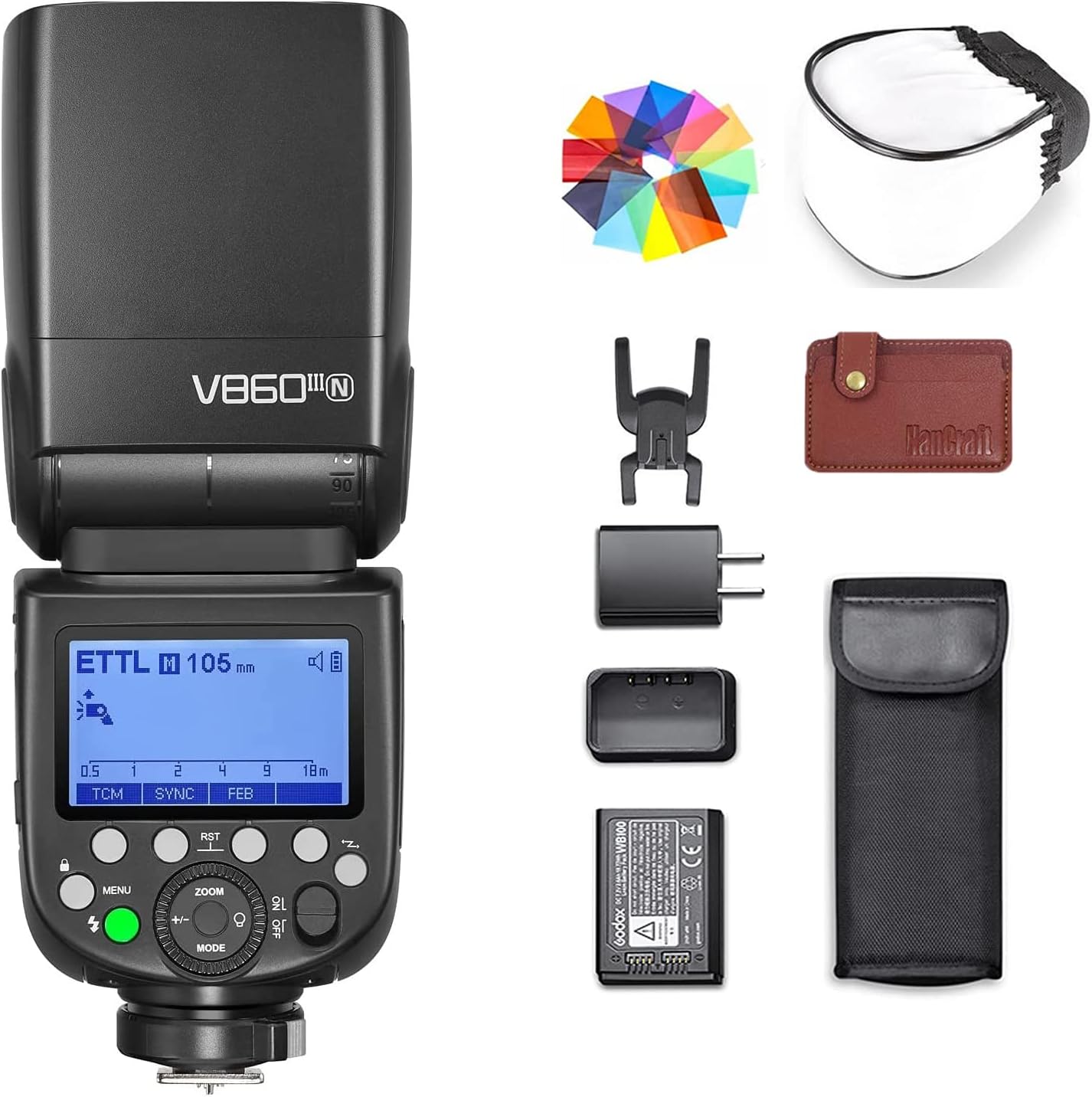
Flashguns have always been a bit of a bugbear for me. I love the way they can fill in shadows for sunny-day portraits and add a little illumination where it’s needed, but I hate the way their rechargeable batteries always seem to have gone flat when I actually want to use them. Panasonic Eneloop and similar batteries fix the problem to some extent, but this Godox flashgun (aka the Flashpoint Zoom Li-on III R2 TTL Speedlight) is something else altogether.
Powered from a rechargeable Li-ion battery pack (similar to the ones used in digital cameras), its stamina seems almost everlasting and the recycle speed between flashes is lightning-quick. It’s very reasonably priced, too, and I ended up buying a pair to use in RF wireless transmitter / reciever configuration, complete with the equally excellent and very affordable Godox XPRO wireless RF trigger. It’s literally the most available light whenever and wherever I need it.
Read our full review of the Godox VING V860III
4) Manfrotto MOVE Quick Release System
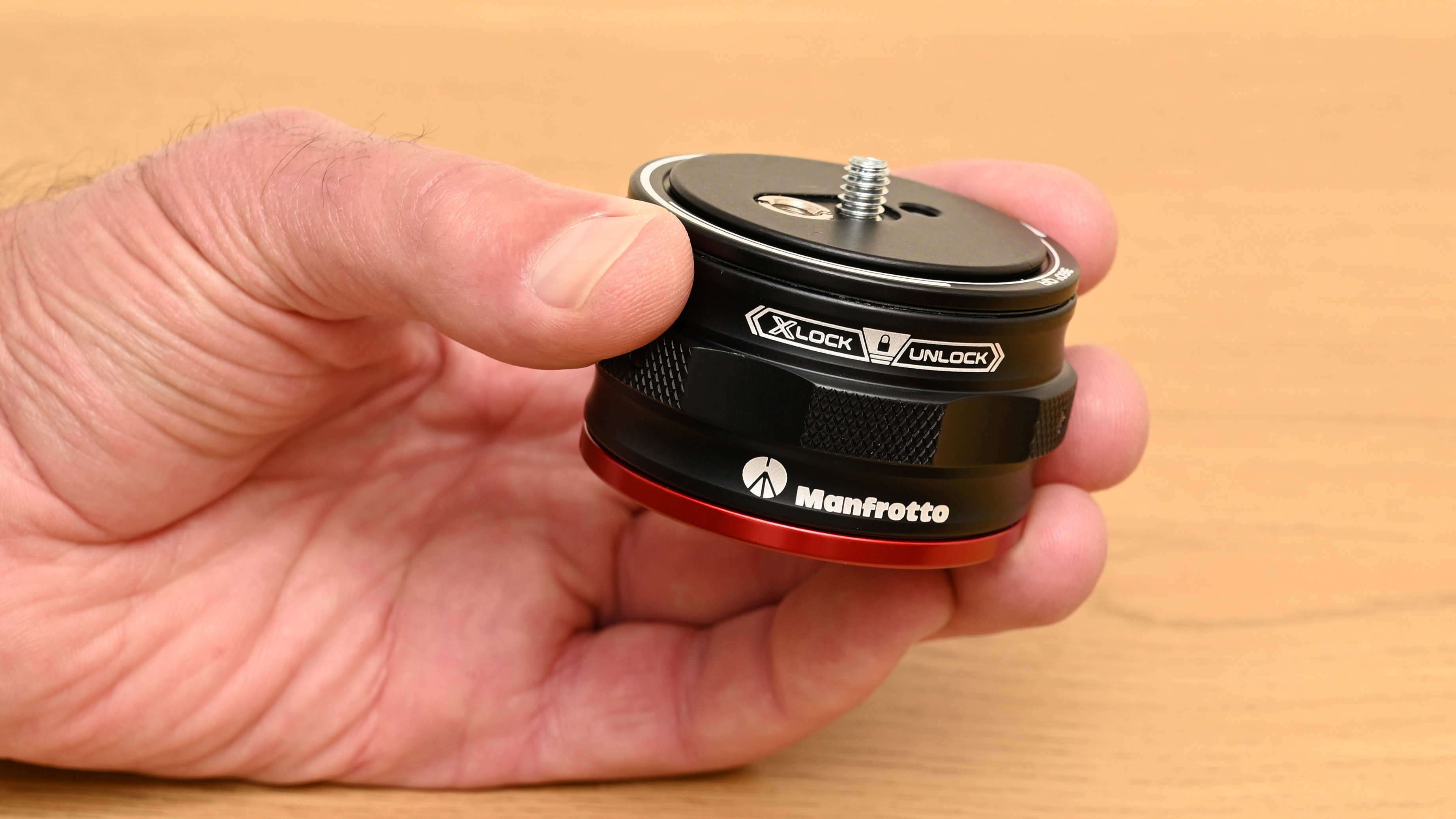
Now here’s a thing. I’ve got a sturdy set of Manfrotto 055XPRO3 carbon fiber tripod legs that I’m really happy with. I’ve also got a set of three heads. Why? I like to use a ball head for easy, convenient, and quick setup most of the time. For more critical camera positioning in architectural and macro shooting, I use a geared three-way head. And when I’m shooting video, neither of these heads is any good, so I switch to a fluid pan / tilt head.
But the whole business is a chore. First I have to find a screwdriver and loosen the locking grub screw in the tripod’s mounting plate. Then I have to unscrew the head, screw on another one, and then retighten the grub screw. Pain!
The Manfrotto MOVE has changed all that. It’s a quick-release system for heads rather than just for cameras. What used to take minutes now takes just a few seconds. It’s equally great for swapping over a single head between multiple supports, like a tripod, gimbal, and slider.
Read our full review of the Manfrotto MOVE Quick Release System
5) Canon imagePROGRAF PRO-300 printer
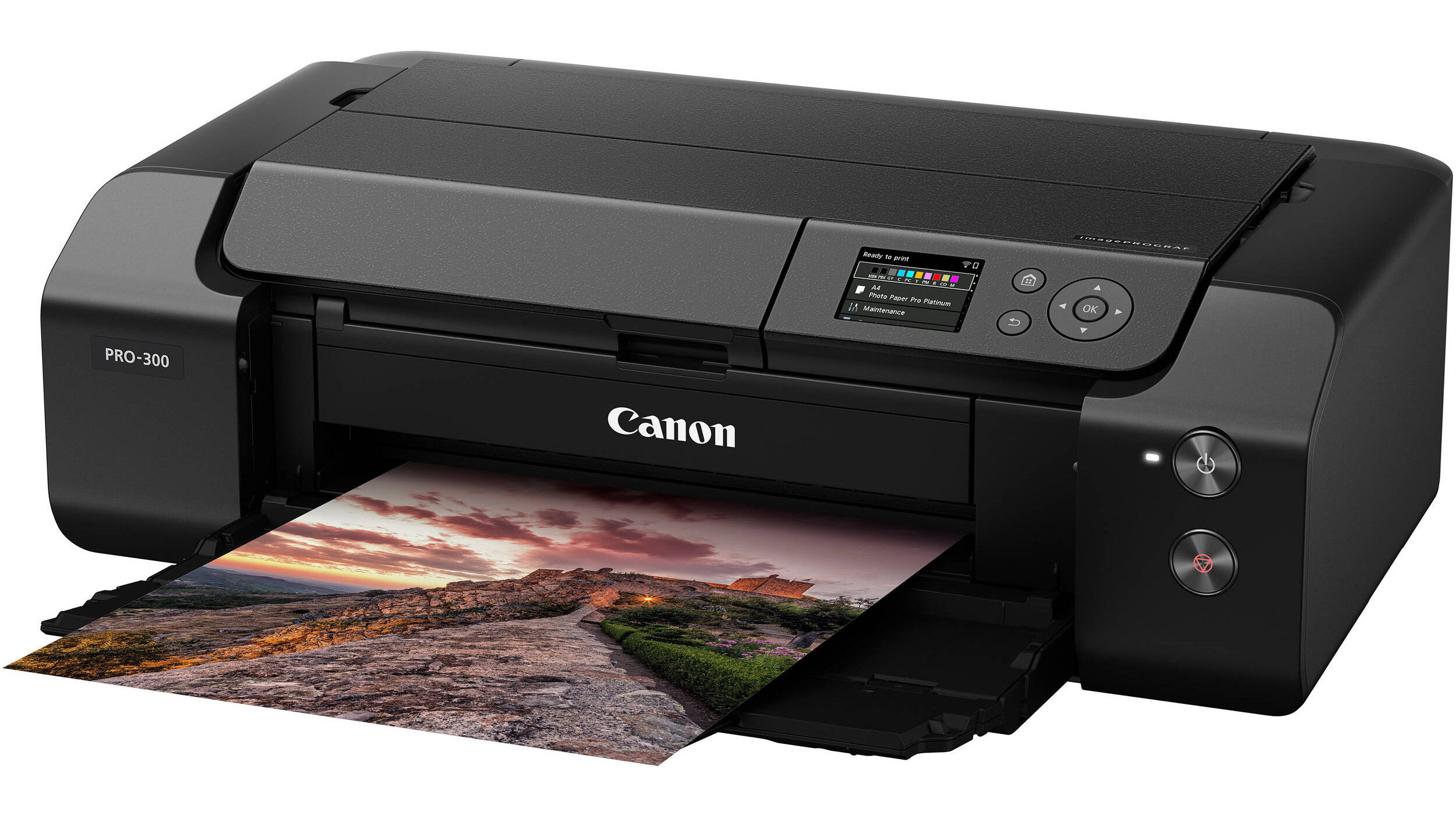
What you see is what you get, right? Actually, no. When I got into digital photography back in 2004 with a Nikon D70, I was impressed from the get-go about how great my images looked on-screen. After a few weeks, I printed one out and good times went bad! The brightness, contrast, and colors were all different, and all wrong.
It didn’t take long to realize that my computer monitor was horribly out of calibration, and the fix wasn’t too painful. But with a really good printer (and I personally think that the PRO-300 is the best you can get), you can reveal a host of subtle nuances and detail in printed images that you simply can’t see on screen. Especially on matte and fine art paper, the depth and detail in really dark blacks have to be seen to be believed.
For me, printing digital photos with this printer isn’t just about creating physical things of beauty. It gives me the feedback I need to really think about how I shoot and to be a better photographer. And as someone once told me, the room for improvement is the biggest room in the world.
Read our full review of the Canon imagePROGRAF PRO-300
Matthew Richards is a photographer and journalist who has spent years using and reviewing all manner of photo gear. He is Digital Camera World's principal lens reviewer – and has tested more primes and zooms than most people have had hot dinners!
His expertise with equipment doesn’t end there, though. He is also an encyclopedia when it comes to all manner of cameras, camera holsters and bags, flashguns, tripods and heads, printers, papers and inks, and just about anything imaging-related.
In an earlier life he was a broadcast engineer at the BBC, as well as a former editor of PC Guide.

